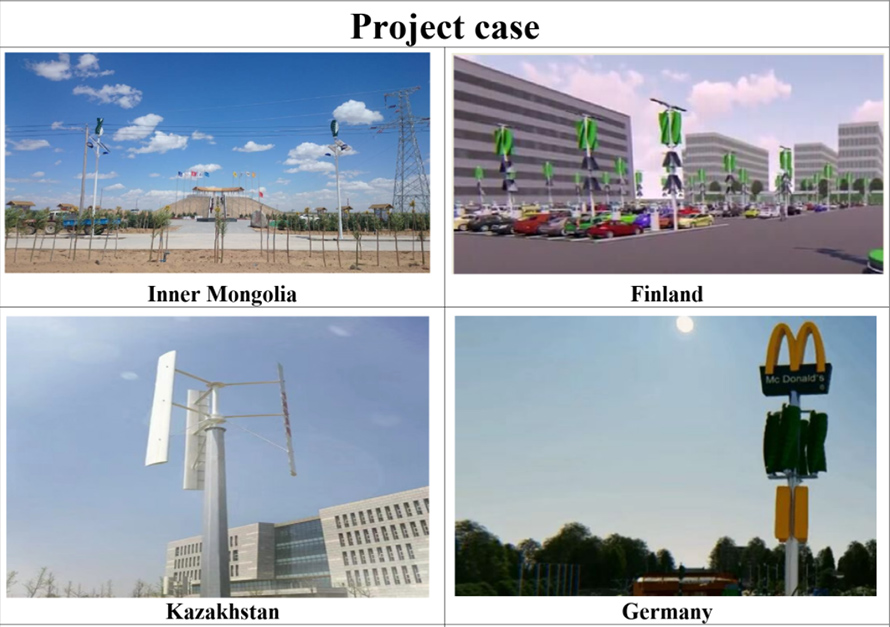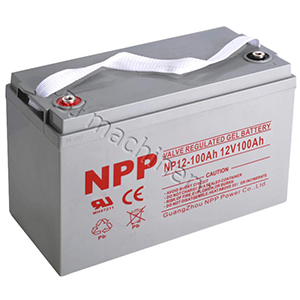Sign in to get access to all available digital editions of the monthly magazine
Link your Physics World account with your IOPConnect account to get access to all available digital editions of the monthly magazine – you'll only need to complete this step once Helix Wind Turbine

Please enter the e-mail address you used to register to reset your password
Thank you for registering with Physics World If you'd like to change your details at any time, please visit My account
A technique for harvesting low-speed wind energy using anchored ionic droplets has been developed by researchers in China and the UK. The approach – which taps into winds that are too weak to drive a turbine – could be used to power small electronic devices.
Wind power has seen explosive growth in recent decades as the world turns from fossil fuels to renewable sources of electricity. Between 2001 and 2021, the estimated global wind power capacity increased from 24 to 840 gigawatts.
Due to technical limitations, however, these installations all require the wind to exceed a certain minimum speed. The reason for this is that the power output of a turbine is proportional to the cube of the wind velocity. Thus, a decrease in wind speed results in a dramatic decline in energy production as the blades cannot rotate effectively and the turbine become unreliable.
In practice, these restrictions mean that wind farms can only operate in specific geographies – either wide open land, or offshore – and need regular all-year-round wind speeds of at least 5 metres per second to perform well. Unfortunately, geographies that do not meet these criteria (including forests and cities, where trees and buildings obstruct wind flow) are far more abundant and widely distributed than their optimal counterparts.
To address this limitation, a team led by inorganic chemist Shan Peng of China’s Hebei University developed a novel system capable of translating low-grade wind into electricity even when the wind speed drops as low as 0.2 metres per second. The team’s approach is based on previous studies showing that energy can be harvested from the movement of raindrops on a surface by redistributing charge around the interface between droplet and surface. The new solution, however, involves drops of an ionic liquid, 3-Methyl-1-octylimidazolium chloride, that are partially fixed in place by a special substrate sporting an array of nanowires made from a silicone-based polymer, polydimethylsiloxane.
As low-speed wind blows over each anchored droplet, it causes a circulating flow within that redistributes the surface charge across the liquid. This surface charge can then be tapped into using a pair of electrodes placed under the centre and edge of the droplet. When the wind blows in different directions, the team demonstrated that different patterns of flow circulation arise within the ionic liquid droplets.
Writing in PNAS, the team report that such stratified circulating flow within a single drop can generate a voltage output of up to ~0.84 V. Using “wind farms” containing many drops, the team managed to scale up the output to about 60 V. They also demonstrated that this small-scale droplet-based wind farm could have practical applications by using it to produce enough electricity to power the screen of a pocket calculator.
“Given the widespread distribution and easy accessibility of low-grade wind, these findings expand the great potential of currently untapped low-speed wind as an attractive energy resource for powering electronics, such as LCD screens,” they write.
With their initial study complete, the researchers are now looking to upgrade their anchored droplet design to fine-tune the intermolecular interactions between the ionic liquid and the supporting base. They hope this will enhance the flow-directed redistribution of anions and cations and thereby improve the design’s capacity for power generation.
Powering the future: clean energy anywhere, anytime through energy harvesting materials
According to Patrick James, a physicist and energy specialist at the University of Southampton, UK who was not involved in the present study, the benefits of the new design are likely to be limited to niche applications. “Obviously these are very low wind speeds and wind speed cubed is the key issue here,” he tells Physics World. “The paper talks about a future application of very low power applications so I think a review needs to be clear about this aspect.”
Ian Randall is a science writer based in Hertfordshire, UK
Now accepting proposals for articles. Find out more at iopscience.org/prge

Solar Panels And Wind Turbines Physics World represents a key part of IOP Publishing's mission to communicate world-class research and innovation to the widest possible audience. The website forms part of the Physics World portfolio, a collection of online, digital and print information services for the global scientific community.